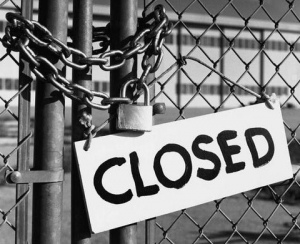School’s Out: What happens when public schools close?
 Sixty four schools will likely close in Philadelphia. New York is aiming at closing forty seven schools this year, down from its original target of sixty two schools. These numbers should be alarming to all of us. They should be a rallying cry for helping our schools and children. Instead, school closings have become so commonplace that we barely react when we hear about them–even in large numbers. Just like many of us have become desensitized to gun violence and reports of death, we have become desensitized to the educational violence that befalls our children and community.
Sixty four schools will likely close in Philadelphia. New York is aiming at closing forty seven schools this year, down from its original target of sixty two schools. These numbers should be alarming to all of us. They should be a rallying cry for helping our schools and children. Instead, school closings have become so commonplace that we barely react when we hear about them–even in large numbers. Just like many of us have become desensitized to gun violence and reports of death, we have become desensitized to the educational violence that befalls our children and community.
Philadelphia’s recent announcement to close these schools has not been a media lightening rod. Instead, the case of Philadelphia is just the latest in a string of national stories of struggling urban districts shuttering school building doors to keep budgets afloat in turbulent financial times. But is that really all there is to it?
If we look more carefully, the patterns of national school closing are tied to poor academic performance among schools, but also the formerly controversial trend to close traditional public schools and opening charter schools. I say “formerly” controversial, because under the Bush administration there was a national debate about the expansion of charter schools, school choice, and educational privatization. Yet under President Obama, all three of these issues have gained traction with little national resistance or Democratic party challenge. Read More
Filed under: Activism, Class, Conservatism, Ebony, Economics, Education, Harlem, New York City, Politics, Protest, Public Policy, Race, Schools, Voting, Youth


